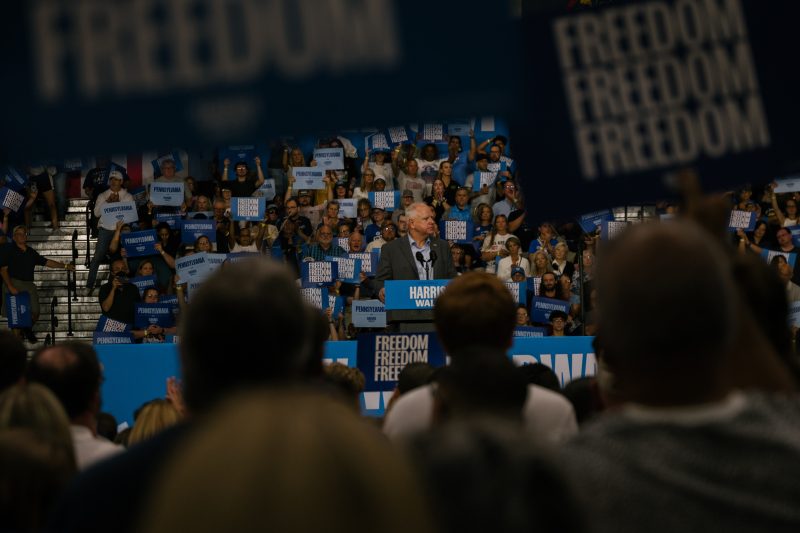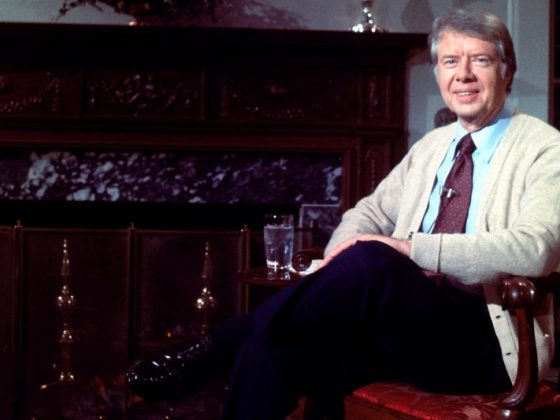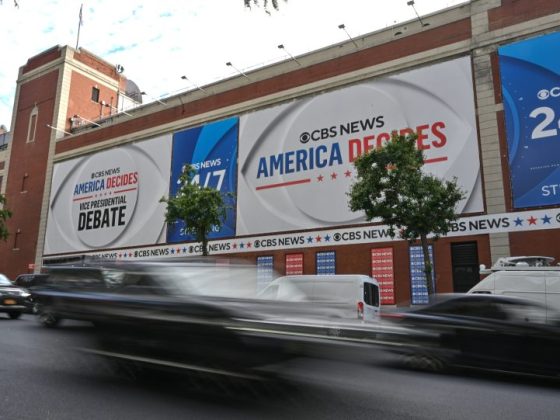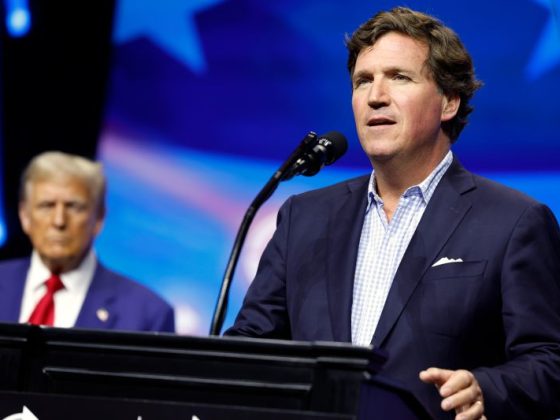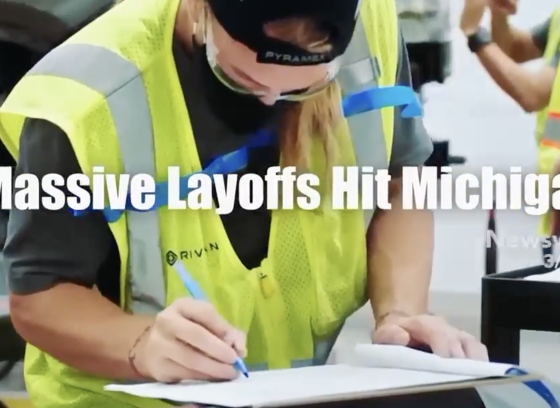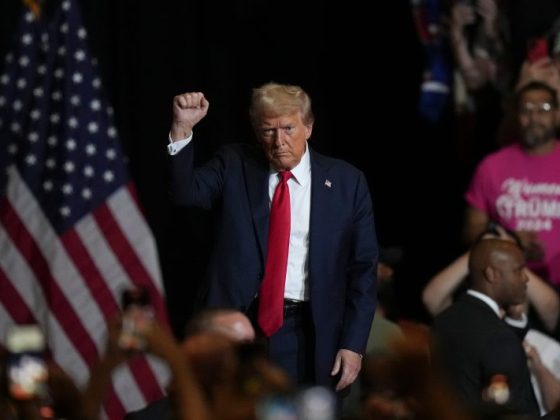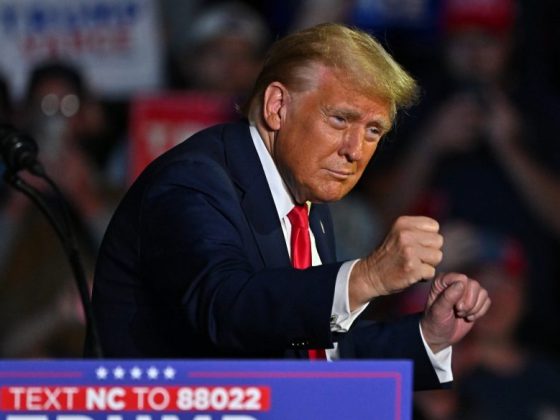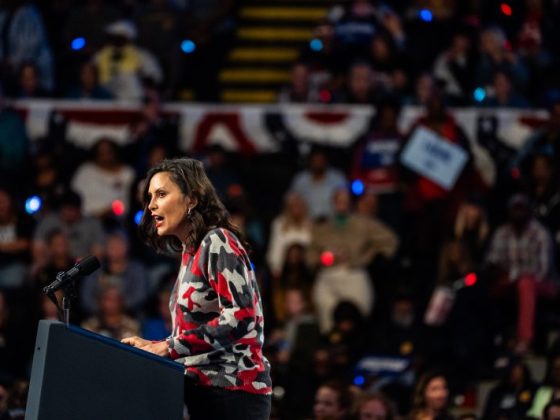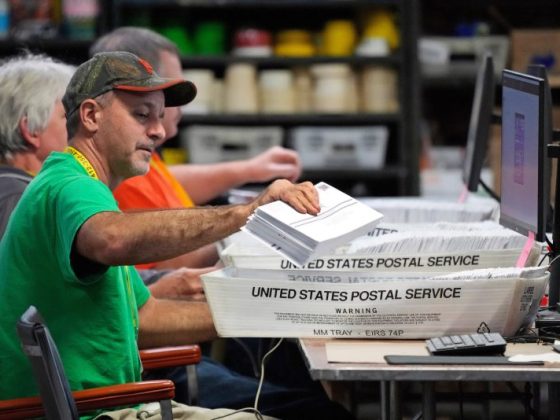Engaging in an unorthodox yet innovative campaign style, Minnesota Governor Tim Walz devised a strategy that many have dubbed as a ‘bubble-wrapped campaign.’ This texture-themed campaign delivered a powerful message on multiple levels while also infusing a sense of novelty and creativity that captured the public interest.
The bubble-wrapped campaign was a metaphor that represented a twofold meaning. On the one hand, it symbolized protection, showcasing how Governor Walz intended to safeguard Minnesota’s interests. Moreover, it outlined his mission to protect people from the dire impacts of the Covid-19 pandemic, which, at the time, was at its peak, causing global havoc.
On the other hand, the campaign symbolized the idea of breaking free. Just as a bubble wrap needs to be popped to unveil its contents, Walz promoted the concept of breaking away from traditional norms to embark on a path of progress and positive change. The idea was simple yet powerful in demonstrating his mission to burst the bubble of complacency.
Talks of Walz’s bubble-wrapped campaign gained momentum on social media platforms, which was largely the campaign’s arena. Given the nature of the pandemic, physical rallies and in-person events were transformed to virtual platforms. This created an exceptional blend of digital and traditional campaigning methods, and the bubble-wrapped theme was reflected in each of the campaign’s components. From posts which highlighted bubble-wrap artworks to virtual voter drives where the theme was integrated, Walz’s campaign demonstrated a high level of creativity and innovation.
It is also important to highlight the role of online fundraising during this campaign. Despite the lack of physical interaction, the bubble-wrapped campaign generated substantial funds. This can be attributed to Walz’s digital strategists who innovatively encapsulated not only messages and values in this bubble-wrapped framework, but also deftly designed online funding platforms. They creatively integrated the theme into various online initiatives such as contests, awareness drives, or ‘Bubble-wrap challenges,’ which further incentivized fundraising.
Moreover, the bubble-wrapped campaign also acted as a bridge between the Governor and the youth. The younger demographic, which forms a significant proportion of the digital sphere, highly appreciated this novelty. The unconventional spectrum allured their attention, helping Walz connect and relate with them, thus broadening his base and ensuring their support.
In essence, Governor Tim Walz’s bubble-wrapped campaign was a testament to the power of innovative ideologies and stimulating messaging. The campaign took an everyday object – bubble wrap – and turned it into a quintessential symbol of protection and change. This innovative approach to political campaigning not only provided a path for Walz to connect with his constituents on a deeper level but also left a lasting imprint that will be referenced in future political campaigns.

